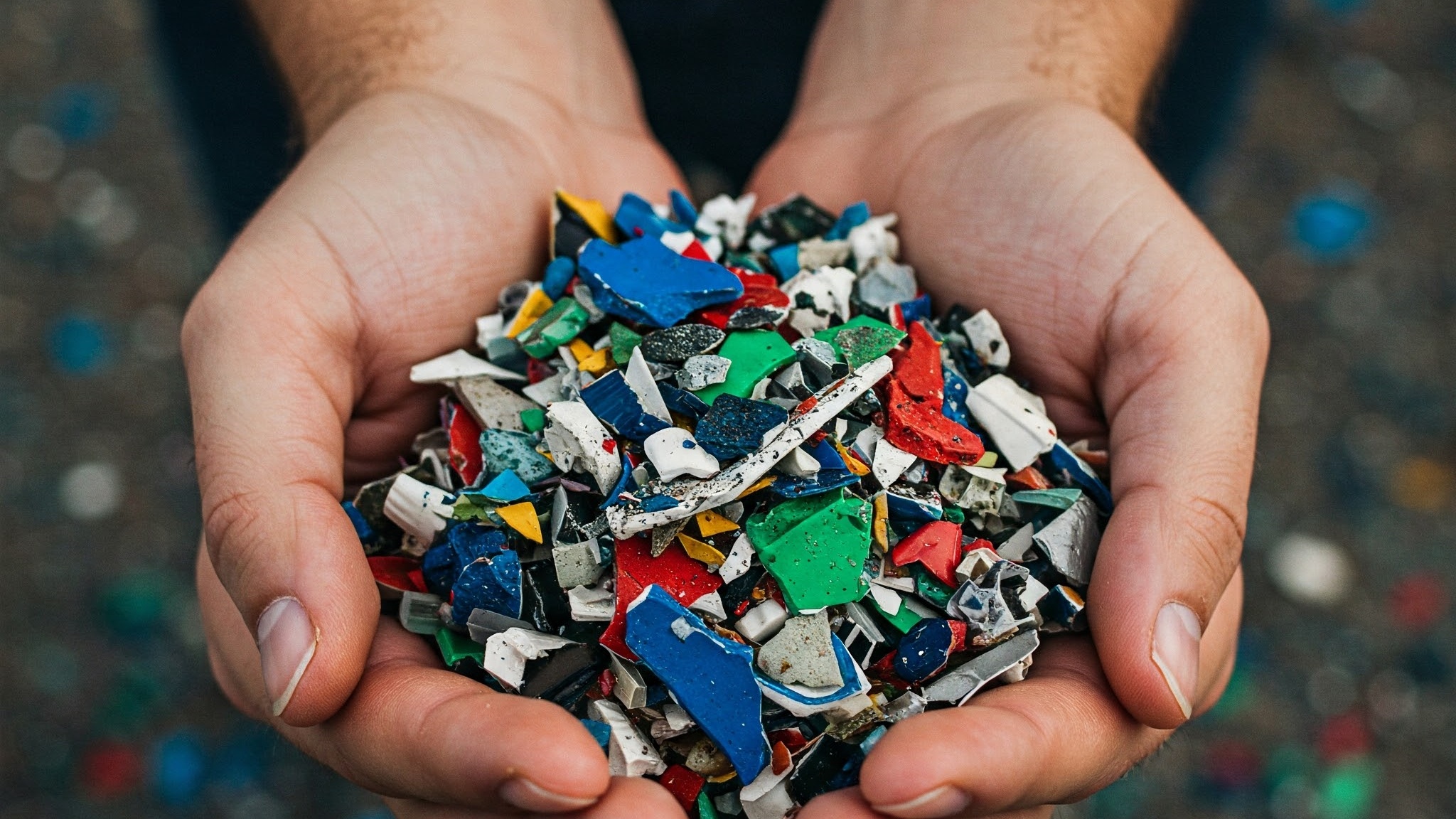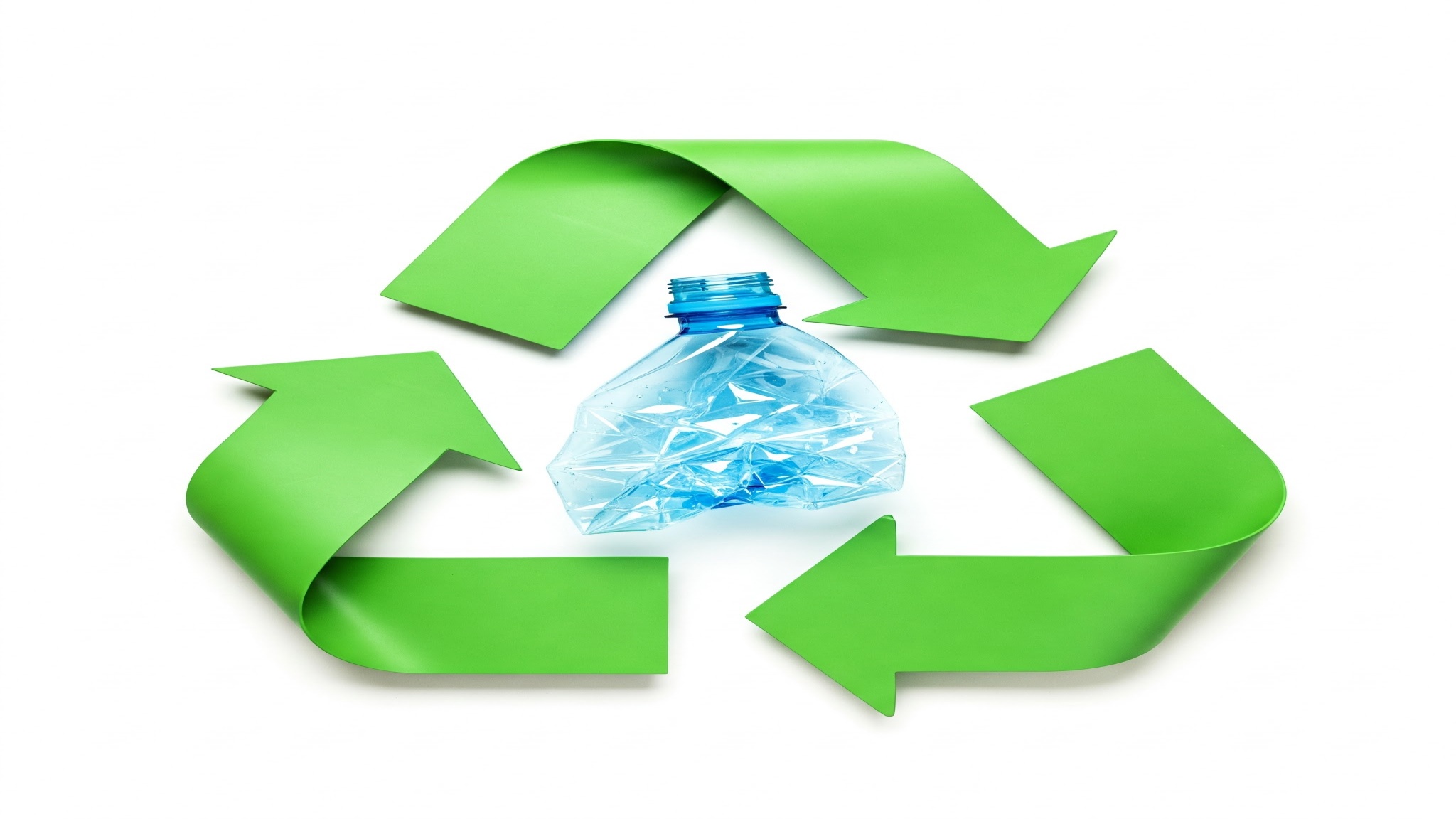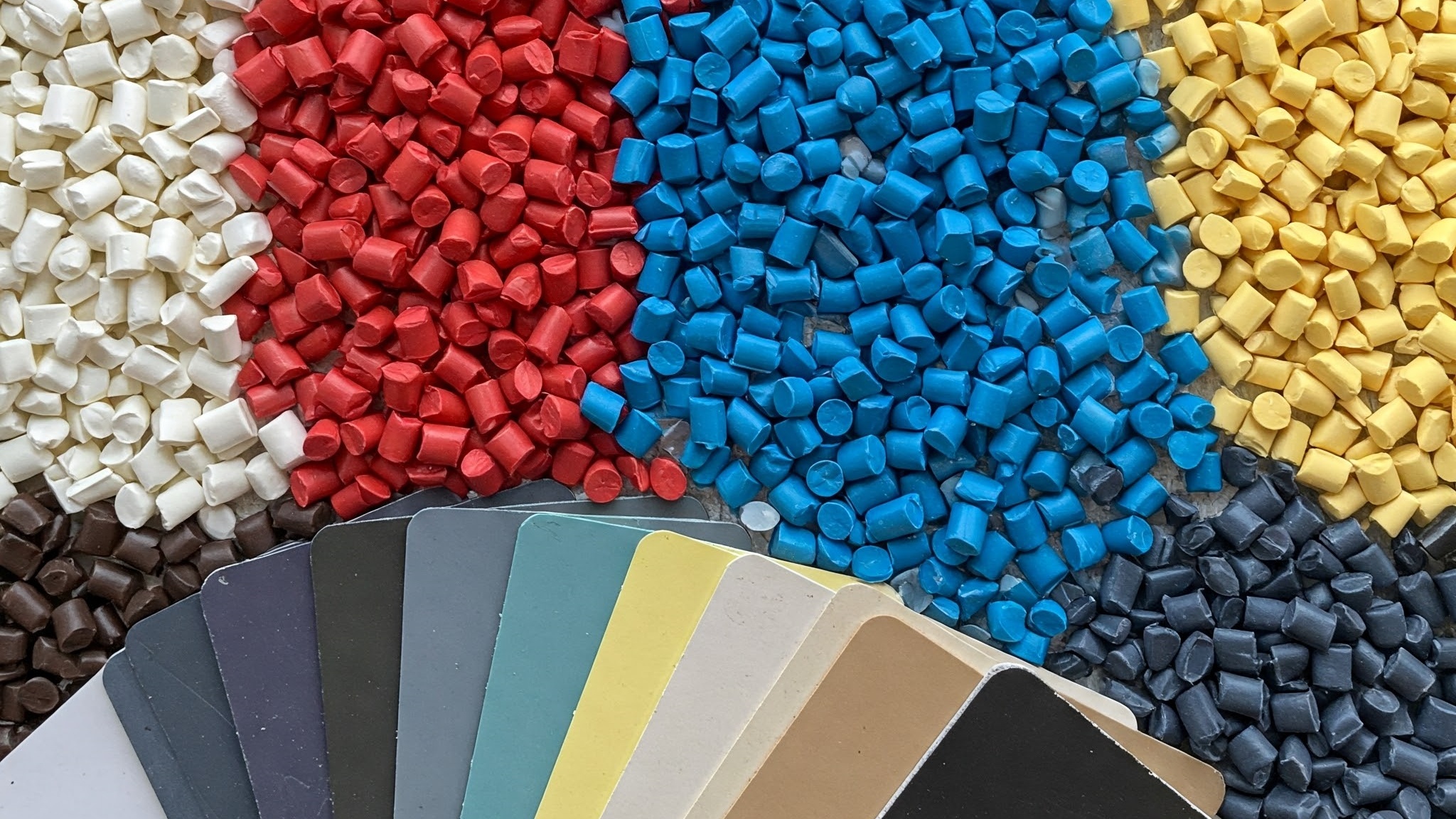
Against the backdrop of increasing global environmental pressures, the need for sustainable materials has become even more urgent. Thermoplastics are seen as a more environmentally friendly option due to their unique properties, such as reheat-shaping and easy recycling.
By working together to increase recycling rates, promote technological innovation, and strengthen policy guidance, we can better leverage the benefits of thermoplastics and contribute to a more sustainable future.
Thermoplastics: The benefits of recyclability?

The reprocessable properties of thermoplastics, which provide the basis for sustainable material recycling, are important advantages in terms of environmental protection.
- Reusable heat molding: Thermoplastics can be melted and reshaped repeatedly due to their molecular structure, allowing them to be recycled multiple times.
- Easy to sort and dispose of: Thermoplastics are relatively small, making them easy to sort and more efficient to recycle.
- Extensive recycling technologies: A variety of proven recycling technologies that can convert waste thermoplastics into new raw materials.
- Reducing resource waste: By recycling thermoplastics, we can effectively reduce our dependence on raw materials, thereby reducing the waste of resources.
Reprocessing: Energy Saving and Emission Reduction?

The reprocessing of thermoplastics can not only reduce environmental pollution, but also save energy, which is an important way to achieve sustainable development.
- Reduced energy consumption: Thermoplastic reprocessing significantly reduces energy requirements compared to virgin plastic production.
- Reduced greenhouse gas emissions: Reprocessing has low energy consumption and correspondingly reduces greenhouse gases, which is conducive to mitigating climate change.
- Reduce resource waste: Recycling reduces dependence on new raw materials, conserves natural resources, and promotes sustainability.
- Reducing landfill and incineration: Thermoplastic reprocessing reduces waste into landfills and incinerators, reducing environmental pressure.
Thermoplastics: Other environmental properties?

Thermoplastics have the advantage of being recyclable and reprocessable, making them a more environmentally friendly option in many applications.
- Lightweight design: Thermoplastics have a low density, which can reduce product weight and energy consumption.
- Durability and long life: Some thermoplastics are durable and corrosion-resistant, extending product life and reducing material requirements.
- Chemically inert: Thermoplastics are chemically stable and suitable for food and drug packaging, reducing the risk of contamination.
- Alternative to traditional materials: Thermoplastics can replace traditional materials with high pollution and reduce resource extraction.
Thermoplastic material properties at a glance
|
The name of the material |
Density (g/cm³) |
Tensile Strength (MPa) |
Heat Resistance (°C) |
Recyclability |
Main applications: |
Eco-friendly features |
| Polyethylene (PE) | 0.91-0.96 | 10-30 | 80-110 | tall | Packaging, plumbing, toys | Easy to recycle and can be made into recycled products |
| Polypropylene (PP) | 0.90-0.91 | 30-40 | 100-140 | tall | Automotive parts, containers, fibers | Easy to recycle and chemically resistant |
| Polyvinyl chloride (PVC) | 1.3-1.4 | 40-50 | 60-80 | middle | Pipes, cables, films | Recyclable, but the recycling process is complex |
| Polystyrene (PS) | 1.04-1.07 | 40-55 | 70-90 | low | Packaging, disposable cutlery, styrofoam | It is difficult to recycle and easy to produce environmental pollution |
Technology & Policy
When it comes to the recycling and reuse of thermoplastics, technology and policy play a crucial role. Only when the two work together can we effectively solve the problem of recycling and reuse of thermoplastics and achieve sustainable development.
Technical aspects:
1.Sorting and separation technology: Efficient sorting and separation technology is the key to improving the recycling efficiency of thermoplastics.
2.Treatment of microplastics: develop microplastics detection and treatment technologies to reduce environmental health threats.
Policy Aspects:
1.Improve the recycling system: Establishing and improving the recycling system is the basis for improving the recycling rate.
2.Formulate relevant regulations: strict regulations, limit single-use plastics, and encourage recycling.
conclusion
Thermoplastics are reheatable and easy to recycle and reprocess, which are environmentally advantageous. Technological innovation and policy support go hand in hand to promote the sustainable development of thermoplastics and contribute to building a green and environmentally friendly future.
For expert assistance in implementing for your production needs, visit our resource center or contact us. Let’s help you scale up your manufacturing with precision and efficiency!
Post time: Mar-10-2025
